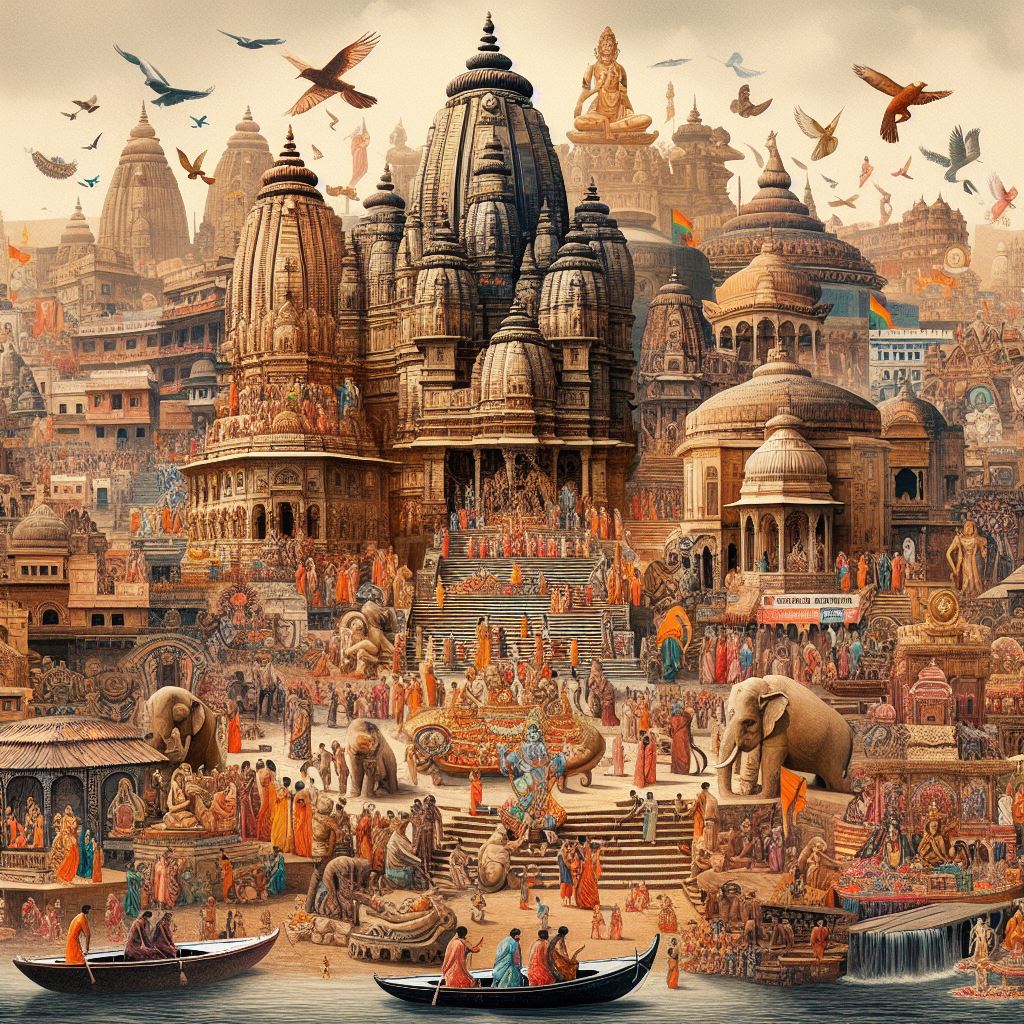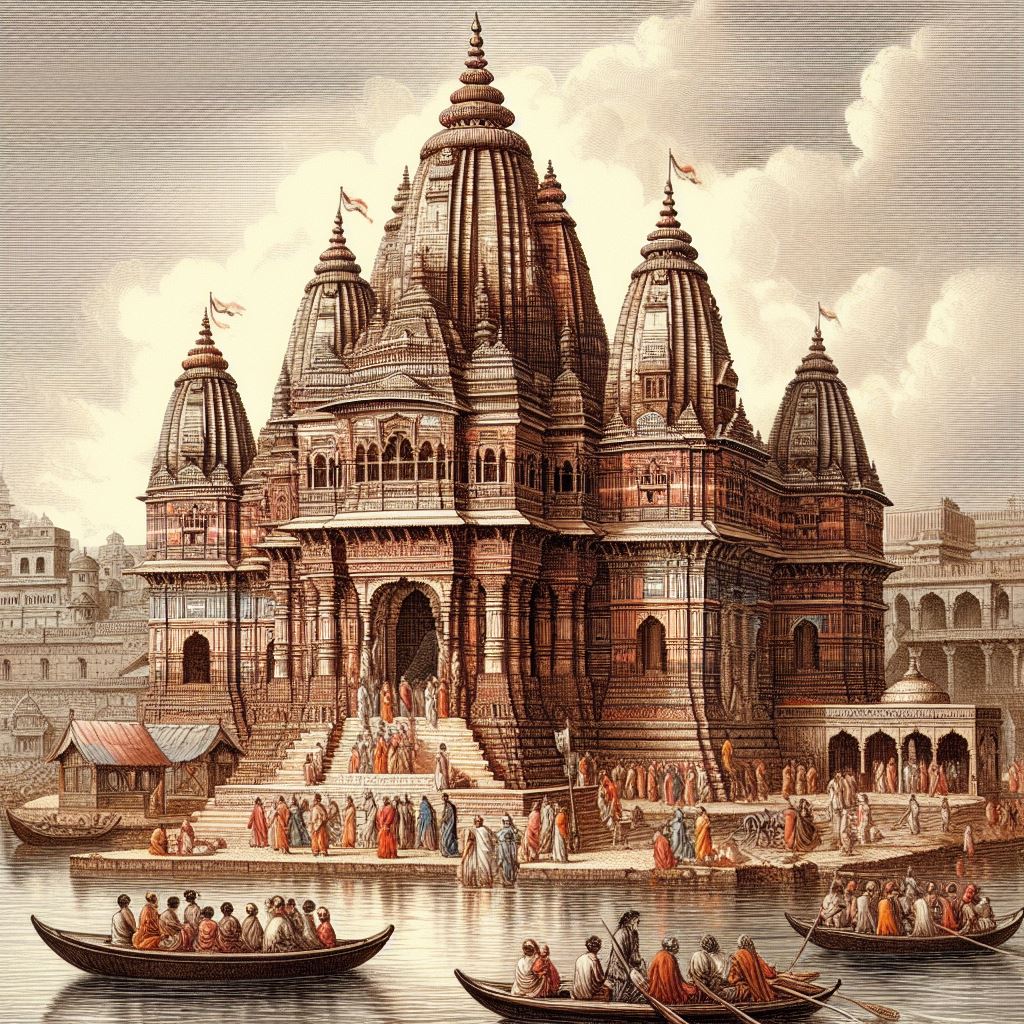In the annals of history, lies often intertwine with truth, creating a tapestry of narratives that shape our understanding of the past. Such is the case with a mosque shrouded in controversy and intrigue, its origins traced back to a time before 1993. This enigmatic structure, nestled within the fabric of ancient heritage, has been a subject of heated debate, with assertions and refutations echoing through the corridors of time.

Constructed with the precision of architectural mastery, this mosque stands as a testament to the rich cultural heritage of the land. Yet, beneath its serene façade lies a tale of conflicting beliefs and contested histories. The whispers of the past suggest that this sacred edifice was not always a place of Islamic worship but rather a site imbued with layers of religious significance predating its conversion.
Delving into the depths of its basement, one encounters the remnants of bygone eras. Four ‘tahkhanas’ (cellars) silently bear witness to the passage of time, each holding fragments of a forgotten legacy. Among them, one remains under the guardianship of the Vyas family, descendants of a lineage steeped in tradition. Their claim as hereditary pujaris, entrusted with the sacred duty of worship, resonates with the echoes of a distant past.
The echoes of history reverberate louder still with revelations brought forth by archaeological endeavors. Commissioned by the courts, an extensive survey conducted by the Archaeological Survey of India (ASI) aimed to unravel the enigma surrounding the mosque’s origins. What emerged from the depths of antiquity was a revelation that stirred the foundations of established narratives. The ASI’s findings suggested that beneath the Islamic veneer lay the vestiges of a Hindu temple, its sanctity usurped by the passage of time and the hand of rulers.
Central to these findings was the assertion that the mosque’s construction occurred during the reign of Aurangzeb, a period marked by fervent religious zeal and cultural transformations. The notion that it was erected upon the remains of a Hindu temple adds a layer of complexity to its narrative, igniting passions and igniting debates that continue to reverberate through scholarly circles and public discourse.

As the sands of time continue to shift, so too do the perceptions and interpretations of history. The mosque stands as a symbol of the intricate interplay between faiths and civilizations, a testament to the resilience of human endeavors in the face of temporal vicissitudes. Its story serves as a reminder that the past is not a static entity but a fluid continuum, shaped by the perspectives of those who seek to uncover its truths.
In the shadow of this ancient mosque, the echoes of a pre-1993 era resonate with the voices of the past, beckoning us to unravel the mysteries that lie beneath its hallowed halls. Through diligent scholarship and open dialogue, we strive to unearth the layers of history, peeling back the veneer of time to reveal the enduring truths that bind us to our collective heritage.






